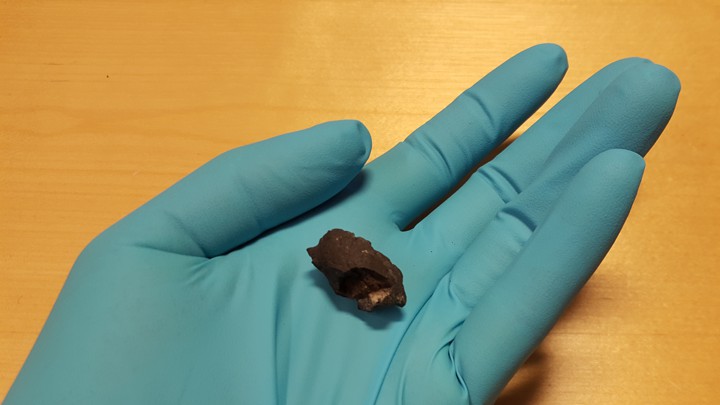Announcement
Collapse
No announcement yet.
Chewed up gum and DNA
Collapse
X
-
I've chewed birch and spruce tar. Not bad...but not that good either. Spruce is better. Dental health, chewing satisfaction and fresh breath is why we chew gums not only for a kind of plastic or bonding agent.
"Chewing gum in many forms has existed since the Neolithic period. 6,000-year-old chewing gum made from birch bark tar, with tooth imprints, has been found in Kierikki in Finland. The tar from which the gums were made is believed to have antiseptic properties and other medicinal benefits.[4] It is chemically similar to petroleum tar and is in this way different from most other early gum.[5][6] The Mayans and Aztecs were the first to exploit the positive properties of gum,[7] they used chicle, a natural tree gum, as a base for making a gum-like substance[8] and to stick objects together in everyday use. Forms of chewing gums were also chewed in Ancient Greece. The Ancient Greeks chewed mastic gum, made from the resin of the mastic tree.[9] Mastic gum, like birch bark tar, has antiseptic properties and is believed to have been used to maintain oral health.[10] Both chicle and mastic are tree resins. Many other cultures have chewed gum-like substances made from plants, grasses, and resins.Although chewing gum can be traced back to civilizations around the world, the modernization and commercialization of this product mainly took place in the United States. The American Indians chewed resin made from the sap of spruce trees.[11] The New England settlers picked up this practice, and in 1848, John B. Curtis developed and sold the first commercial chewing gum called The State of Maine Pure Spruce Gum. In this way, the industrializing West, having forgotten about tree gums, rediscovered chewing gum through the First Americans. Around 1850 a gum made from paraffin wax, which is a petroleum product, was developed and soon exceeded the spruce gum in popularity. To sweeten these early gums, the chewer would often make use of a plate of powdered sugar, which they would repeatedly dip the gum into to maintain sweetness.[12] William Semple filed an early patent on chewing gum, patent number 98,304, on December 28, 1869.[13]Ancient Greece Mastic tree bark Ancient Maya Chicle Chinese Ginseng plant roots Eskimos Blubber Native Americans Sugar pine and spruce sap South Americans Coca leaves South Asia (India) Betel nuts United States (early settlers) Tobacco leaves
Professor Shellman
Tampa Bay
- Likes 5
Comment


Comment